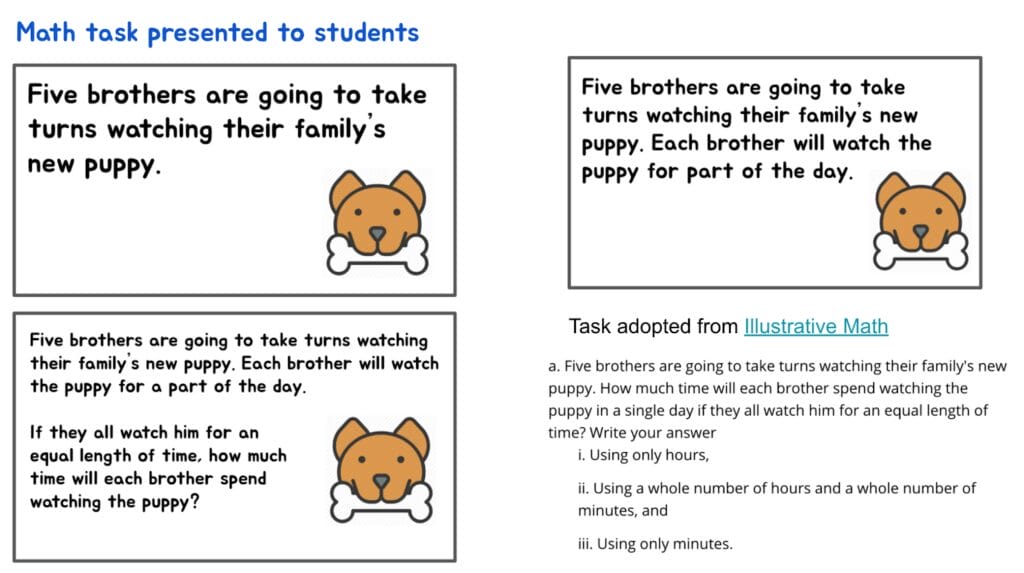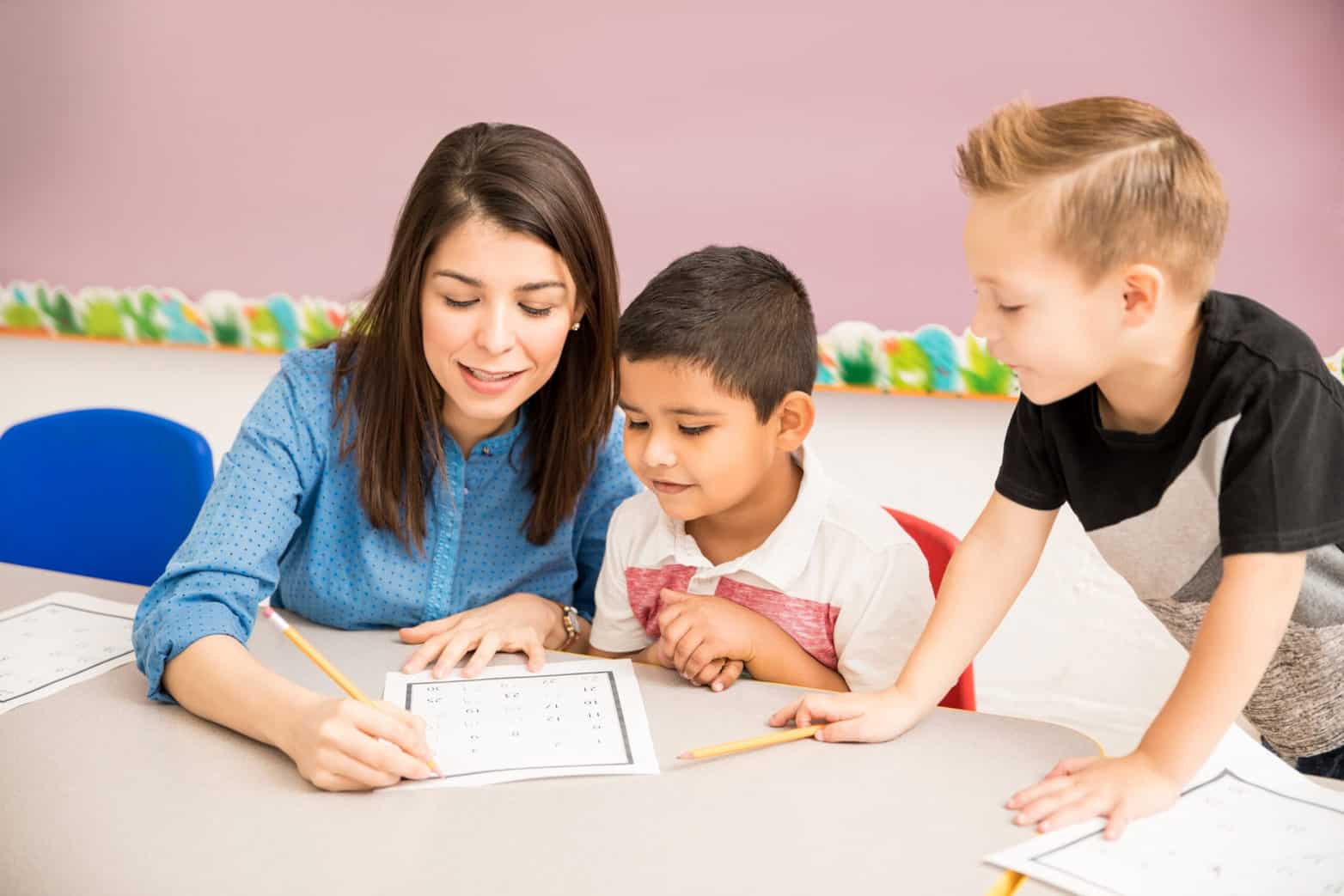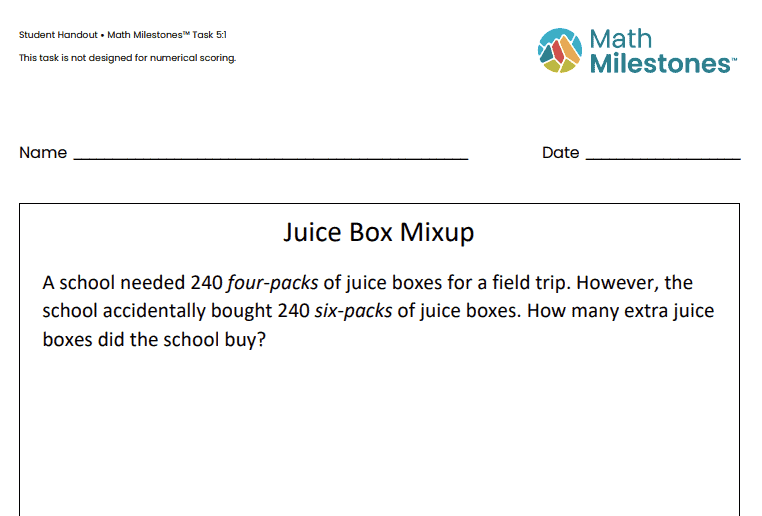How SEL enriches student experiences
Social-emotional learning is something that I, alongside many educators, do every year. But students don’t just need a block of time that is dedicated to social-emotional learning. They need integration of social, emotional, and academic development (SEAD) into the academic core.
This year, I implemented the SEAD lesson planning tool from Stride 3: A Pathway to Equitable Instruction: Creating Conditions to Thrive (pages 13-14). This lesson planning tool integrates social-emotional themes with the Standards for Mathematical Practice (SMP). It is a planning template that is very practical for teachers, and it reminds us that social-emotional themes are critical to student learning.
I teach fifth grade at a dual language immersion elementary school in California. In the spring of 2021, I was back in my classroom for the first time with all 31 of my students. Due to the pandemic, my students spent most of the school year in a smaller cohort attending school for half the day. Spring of 2021 was a wonderful change in the school year. It meant my students could interact with all their classmates in my roster, play outside, and have lunch at school! It was beginning to feel like a typical year. But even so, it was an adjustment period. My students needed social-emotional support to develop their academic learning.
The SEAD lesson planning tool allowed me to incorporate that social-emotional support into an upcoming math lesson. I love teaching math and nothing makes me happier than a loud classroom where students are sharing their thinking with peers. For this reason, I chose discourse as our SEAD theme. The goal of the lesson was to compare and connect each other’s strategies. I wanted a task that would allow students to solve it in different ways, as this would promote discourse amongst table groups and as a whole class.
I adapted a task from Illustrative Math in which students are converting measurement units to solve real-world problems. Originally, this task had students find the answer in only hours, only minutes, and lastly both hours and minutes. By keeping it open-ended, students naturally took different approaches to solving the problem. You heard a student say, “I got 4 and ⅘ of an hour,” while another said, “I got 4 hours and 48 minutes.” This led to a conversation about whether these answers are the same or different. How can you prove that? The goal of the lesson was met: students were engaged in meaningful discourse about their strategies.

The SEAD lesson template allowed me to consider ahead of time what student actions, teacher actions, strategies, and most importantly which SEAD theme I wanted to incorporate in the math lesson. Merging social-emotional learning with a math lesson wasn’t something I had previously considered, but it made the lesson that much more impactful for my students.
In making thoughtful and intentional choices about which SEAD theme and math task I used in my classroom, I was able to create opportunities for students to understand the viewpoints of others and produce mathematical discourse. In the future, I want to delve deeper into the SEAD themes of identity, agency, and belonging during my math block. As I start planning for the start of a new school year, I hope to build a safe community where mathematical discourse is amplified, students’ thinking is valued, and peers value multiple contributions.





